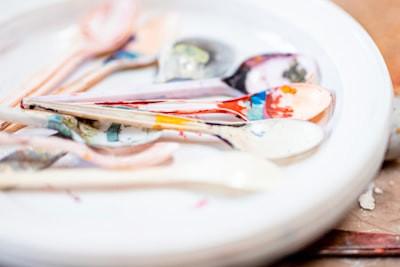5 Common Myths About Creativity
Curated from: forbes.com
Ideas, facts & insights covering these topics:
1 idea
·625 reads
13
5 Common Myths About Creativity
- Creativity is only needed at the top. The truth is that creativity applies to everything. The executives are not only the ones who experience conflict, everyone does.
- People are creative (or not) based on what they do. But creativity does not only appear for artistic people. It manifests in every field.
- Creativity can’t be developed. But creativity is not born, it is developed by continuous practice and focus.
- "Creativity isn’t my job". In reality, creativity must be applied at all levels. Everyone could benefit from being creative.
- _"My technical skills and experience are enough." _The truth is those skills and experiences could be enhanced with creativity. Don't just rely on what you know, be creative in applying it.
208
625 reads
IDEAS CURATED BY
David R.'s ideas are part of this journey:
Learn more about problemsolving with this collection
How to choose the right music for different tasks
The benefits of listening to music while working
How music affects productivity
Related collections
Similar ideas
5 ideas
5 Creativity Myths You Probably Believe
99u.adobe.com
10 ideas
Myths About Creativity You Need to Stop Believing Now
entrepreneur.com
20 ideas
Debunking The Top 5 Myths About Personal Growth
cosmopolitanmindset.substack.com
Read & Learn
20x Faster
without
deepstash
with
deepstash
with
deepstash
Personalized microlearning
—
100+ Learning Journeys
—
Access to 200,000+ ideas
—
Access to the mobile app
—
Unlimited idea saving
—
—
Unlimited history
—
—
Unlimited listening to ideas
—
—
Downloading & offline access
—
—
Supercharge your mind with one idea per day
Enter your email and spend 1 minute every day to learn something new.
I agree to receive email updates
